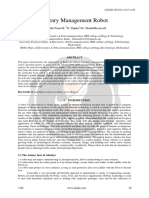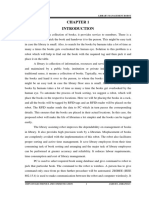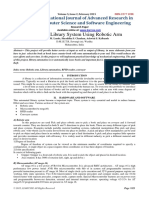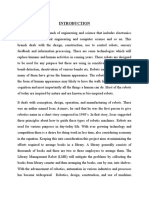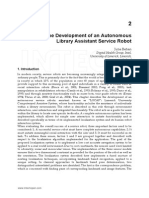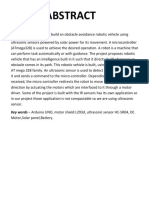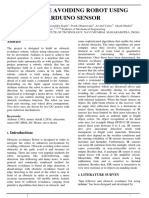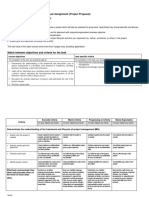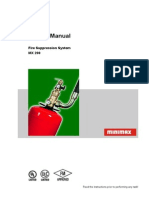0% found this document useful (0 votes)
24 views12 pagesSorting and Retrieval Robotic System Controlled VI
This paper proposes a robotic system controlled by a Programmable Logic Controller (PLC) designed to assist library users and librarians in sorting and retrieving books. The system features a mobile platform equipped with a robotic arm, gripper, color recognition sensor, and RFID technology to identify and handle books efficiently. The objective is to enhance library operations by automating the book retrieval process, thereby improving user experience and operational efficiency.
Uploaded by
marutesh.1999Copyright
© © All Rights Reserved
We take content rights seriously. If you suspect this is your content, claim it here.
Available Formats
Download as PDF, TXT or read online on Scribd
0% found this document useful (0 votes)
24 views12 pagesSorting and Retrieval Robotic System Controlled VI
This paper proposes a robotic system controlled by a Programmable Logic Controller (PLC) designed to assist library users and librarians in sorting and retrieving books. The system features a mobile platform equipped with a robotic arm, gripper, color recognition sensor, and RFID technology to identify and handle books efficiently. The objective is to enhance library operations by automating the book retrieval process, thereby improving user experience and operational efficiency.
Uploaded by
marutesh.1999Copyright
© © All Rights Reserved
We take content rights seriously. If you suspect this is your content, claim it here.
Available Formats
Download as PDF, TXT or read online on Scribd
/ 12






